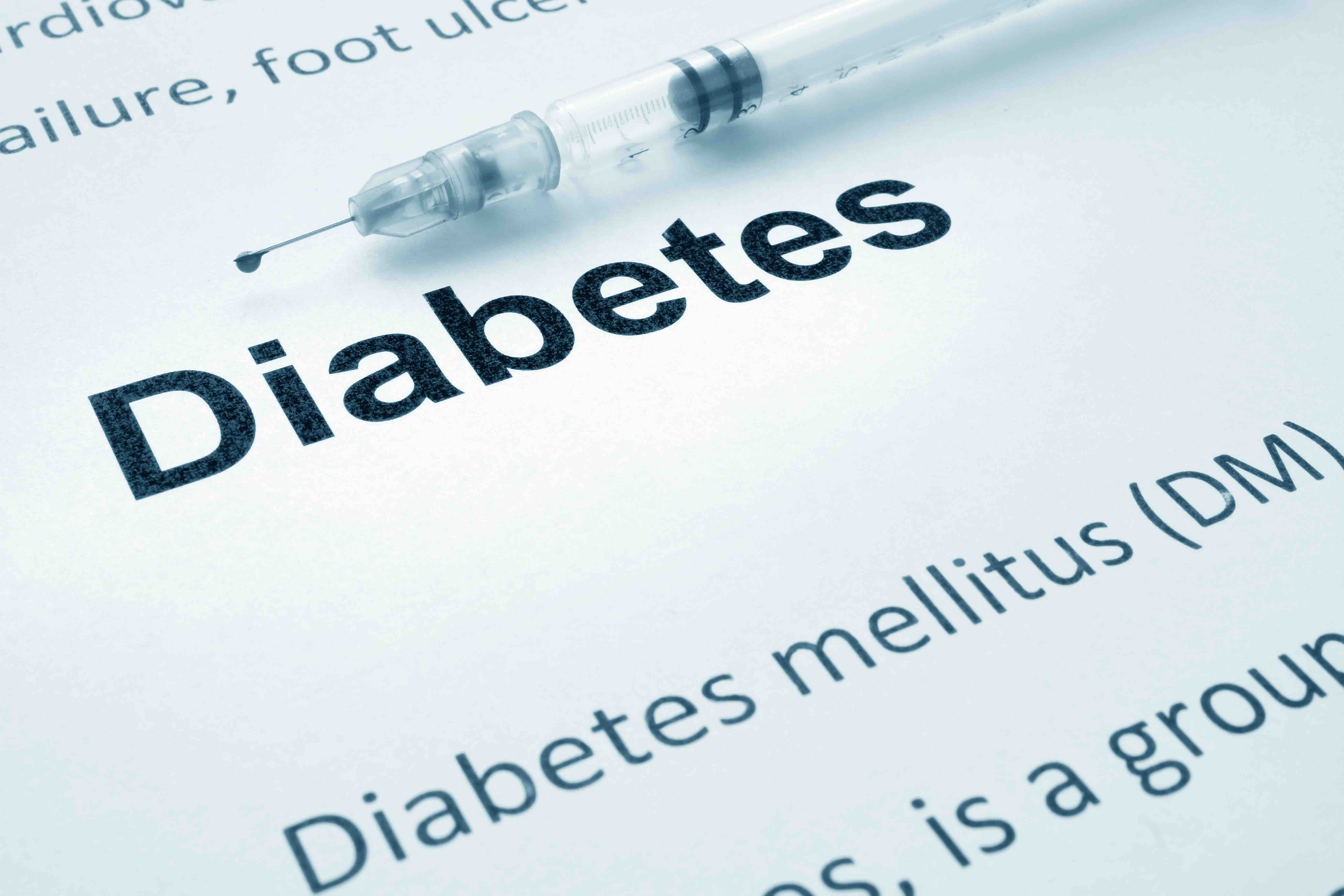Article
A Heavier Wife Can Lead to a Husband's Diabetes, Study Finds
Author(s):
The results were profound enough that researchers say it might be wise to screen patients for diabetes if their spouse is obese.
Once couples reach their 50s, if a wife is obese, her husband is much more likely to develop type 2 diabetes (T2D), according to the first study to examine the effect that one spouse’s weight has on the other person.
However, overweight husbands didn’t have the same effect on their wives, say findings presented this week at the European Association for the Study of Diabetes in Lisbon, Portugal.
The results, drawn from data in the English Longitudinal Study of Aging (ELSA), also show that people who are married to a person with T2D are more likely to be overweight than peers of the same age. The reasons aren’t hard to understand: poor eating habits and other behaviors that contribute to T2D tend to be shared by couples. However, this was the first time a study looked at how T2D risk factors spill beyond the individual to the spouse—and the sex-specific results.
The findings are profound enough that the researchers say it wouldn’t be a bad idea to screen older patients for T2D if their spouse is obese.
“Recognizing the shared risk between spouses may improve diabetes detection and motivate couples to increase collaborative efforts to eat more healthily and boost their activity levels,” the study authors said in a statement. “Obesity or T2D in one spouse may serve as a prompt for diabetes screening and regular weight checks in the other. In particular, men whose wives are obese may benefit from being followed more closely.”
First, researchers from Aarhus University in Denmark looked at the association of spousal diabetes and obesity with the risk of developing T2D. They examined data from 3650 men and 3478 women, all aged 50 and older. The study participants were interviewed every 2.5 years between 1998 and 2015, and asked whether they had T2D, or it was confirmed in a medical exam. Results were adjusted for socioeconomic factors, obesity, body mass index (BMI), age, and ethnicity.
After 11.5 years of follow-up, they found that for every 5 kg/m2 higher BMI in the wife, the husband’s T2D risk was 21% higher, after accounting for the man’s own BMI. Women, by contrast, had no additional risk beyond their own obesity level.
A separate study drawn from the ELSA data, and limited to 7187 men and women who were living in opposite sex couples, found that while everyone is likely to gain weight after age 50, the likelihood increases if a person has a spouse with T2D.





